In most cases, chronic forms of inflammatory diseases of the urogenital area are the result of an unprofessional approach to therapy. The disease cannot be eliminated if the symptoms and treatment of cystitis in women do not match. The drugs that television advertising imposes bring only temporary relief, and after a certain time the disease returns again.
The only way to get rid of cystitis is to determine the cause of the disease and undergo a full course of treatment under the supervision of a professional urologist.
Cystitis - causes in women
In medicine, the concept of "cystitis" combines several types of symptomatic urinary pathologies, in which the mucosa of the bladder is damaged. Due to the anatomical features of the body, women suffer from cystitis several times more often than men.
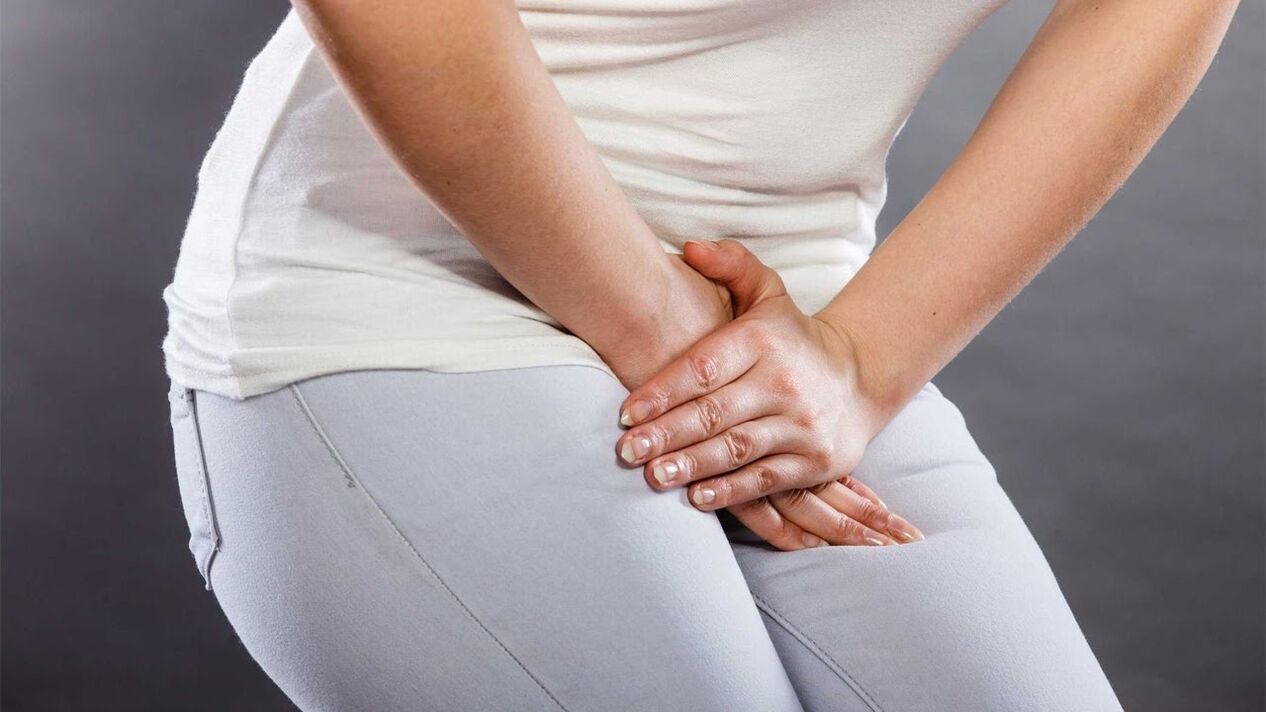
The work of the bladder is associated with all physiological systems, therefore, functional deviations in the internal organs, one way or another, affect the health of the urogenital sphere of a woman.
The development of the inflammatory process may be preceded by:
- viral or bacterial infections - influenza, tonsillitis, sinusitis, staphylococcus aureus, trichomonas, E. coli, caries, furunculosis;
- hypothermia;
- allergic reaction;
- hormonal changes during menstruation, pregnancy, menopause;
- acquired diseases - diabetes mellitus, colitis, spinal injuries, nephrological and endocrine pathologies, tumor formations;
- taking medications;
- decreased immunity;
- anomaly in the development of the organs of the genitourinary system;
- insufficient hygiene of the genital organs;
- acute forms of cystitis most often occur against the background of congestion in the urinary system.
The pathways of penetration of pathogenic microorganisms into the bladder also differ. In diseases of the upper respiratory tract, the infection spreads throughout the body through the blood. In diseases of the gastrointestinal tract, microbes enter the genitourinary organs from the anus. Due to nephrological pathologies, infectious agents move from the kidneys along with urine.
Factors contributing to the development of cystitis include wearing tight synthetic underwear, a tendency to constipation, frequent changes of sexual partners, subject to unprotected sex, as well as conditions that reduce the potential of the immune system - stress, lack of sleep, excessive exercise, irregular nutrition.
The main symptoms and signs of the disease
The development of cystitis can be acute or with gradually increasing symptoms. The characteristic signs of cystitis in acute form are cramps and pain during urination.
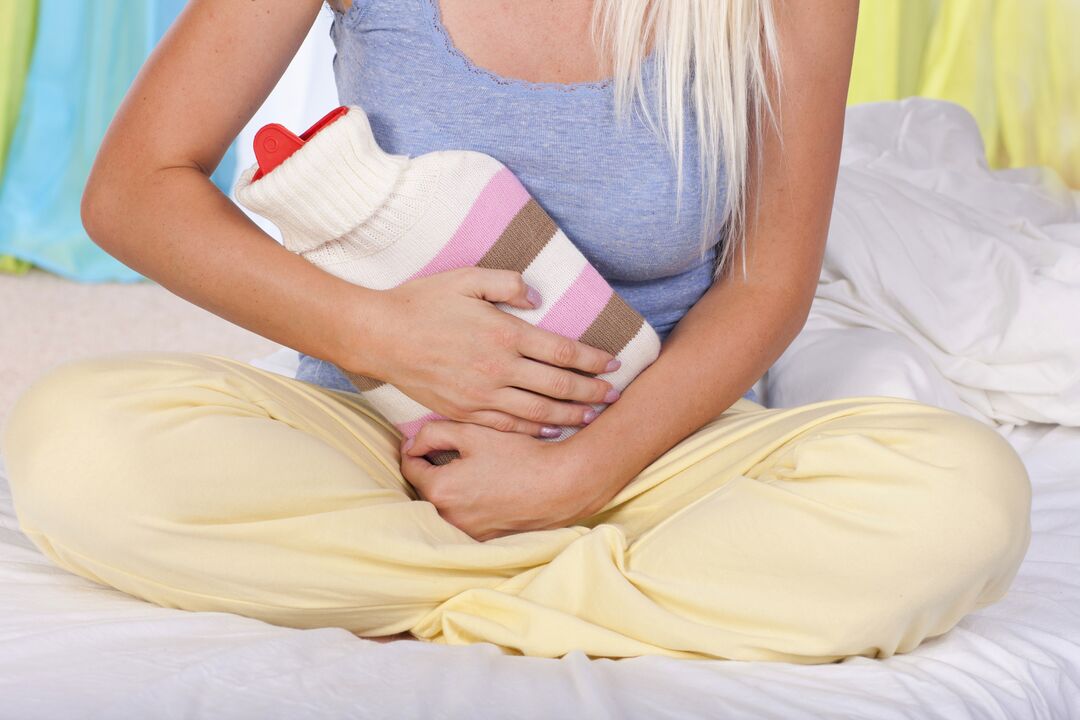
But as the disease progresses, symptoms such as:
- discomfort in the genital area and pubic area;
- itching and burning in the perineum - the result of irritating effects of toxic substances accumulated in the urine;
- frequent urge to urinate;
- pain in the lower abdomen and back, a feeling of fullness;
- headache;
- increased fatigue;
- slight increase in body temperature;
- cloudy urine;
- a strong unpleasant smell of urine;
- feeling of incomplete emptying of the bladder;
- the appearance of blood in the urine may indicate the development of complications.
Cystitis of an allergic or infectious nature in 95% of cases is accompanied by itching.
Complications of the disease
Due to the high prevalence (pathology is diagnosed in 40% of women in the world), the severity of the consequences of cystitis is often underestimated.
With proper treatment, provided there are no causes supporting the course of the pathology, the symptoms of acute cystitis go away, and the woman's well-being improves markedly. If the necessary therapeutic effect is absent, the disease acquires a chronic form of the course, which is fraught with serious health complications.
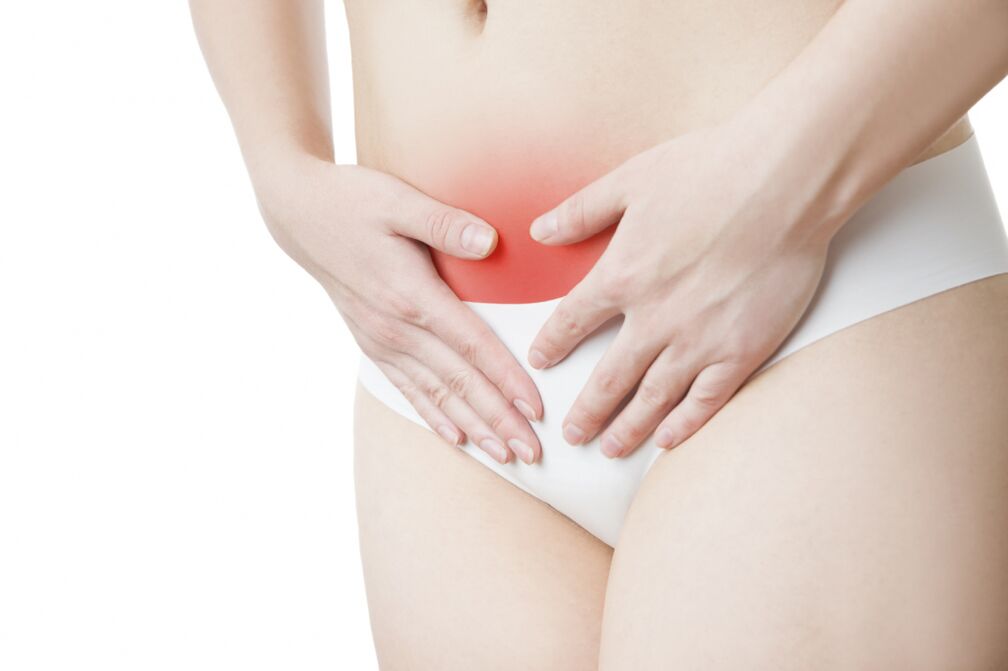
Chronic cystitis is characterized by damage to most of the bladder mucosa. At the same time, edema and thickening appear in the affected areas, against the background of a decrease in the elasticity of the epithelium.
The progress of the pathological process leads to complications that threaten the health of vital organs and systems:
- in 95% of cases, kidney disease occurs - pyelonephritis, renal failure;
- organic change in the tissues of the bladder is fraught with rupture of its walls and the development of peritonitis;
- frequent inflammation is one of the main reasons for the formation of adhesions;
- decrease in reproductive function, the danger of a complete loss of the ability to bear children;
- urethritis;
- tumor processes;
- the formation of ulcers on the walls of the bladder, bleeding;
- urolithiasis disease;
- muscle damage and loss of tone of the tissues of the bladder, which leads to its dysfunction and urinary incontinence.
In a woman's body during her life, there are periods when a predisposition to the development of cystitis is associated with natural physiological changes.
Periods of vulnerability to cystitis in a woman's life
The first critical period occurs before the age of three. At this age, children with congenital pathologies of the urinary tract may develop vesicoureteral reflux, in which urine returns from the bladder back to the kidneys. The consequence of the pathology is vulvovaginitis and ascending infection of the bladder.
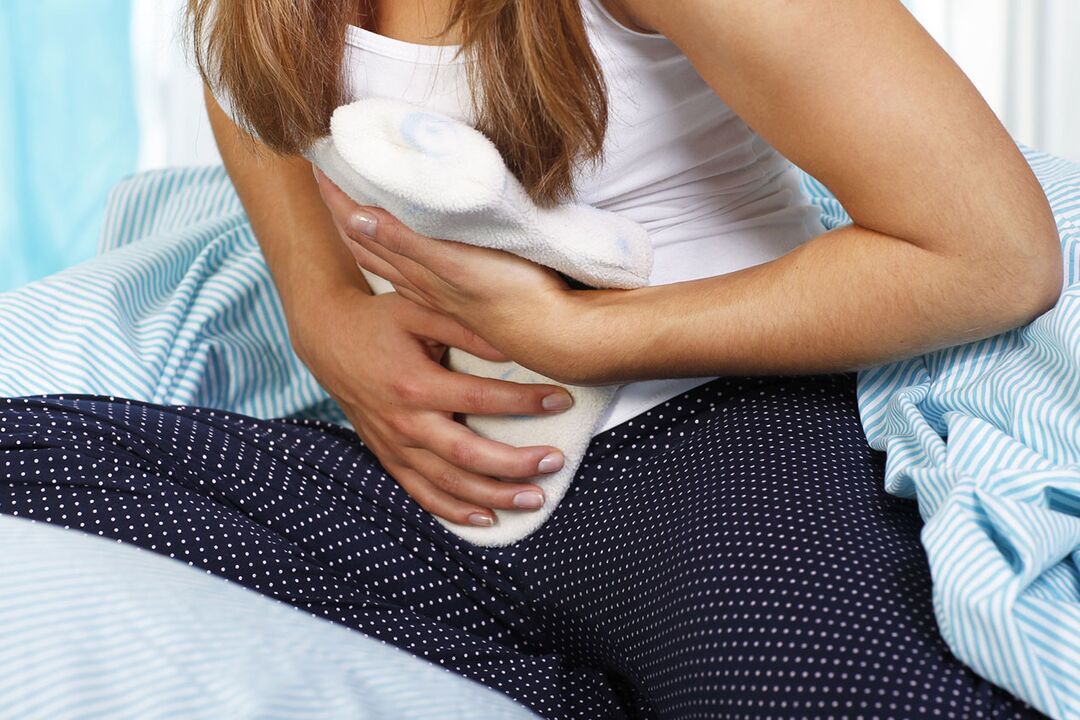
Puberty is the second period in a woman's life, which is important in terms of the degree of predisposition to cystitis. In addition to the hormonal changes inherent in puberty, the risk of infection during unprotected sex is added.
Menopause is manifested not only in a decrease in the hormonal level in the female body, but also in a drop in the protective properties of the bladder mucosa, as well as in a change in its anatomical position. All these changes contribute to the development of inflammation of the urinary tract and other pathologies inherent in cystitis.
Diagnostic measures
A medical examination of patients with suspected cystitis involves not only confirming the diagnosis, but also determining the underlying disease that provoked inflammation of the bladder mucosa.

Along with the study of anamnestic data and symptoms of the disease, urologists use the following diagnostic measures:
- general urine analysis;
- general blood analysis;
- cystoscopy - examination of the bladder through an endoscope;
- analysis of the composition of the microflora of the vagina;
- Ultrasound of the genitourinary system;
- PCR - method of molecular research;
- bacterial culture of urine.
In some cases, doctors use information obtained by biopsy, a microscopic examination of samples of affected tissues, to make a diagnosis.
Medicines for the full course of treatment of the disease
Treatment of cystitis is to eliminate not only the inflammation of the bladder mucosa, but also the diseases that support them. The choice of therapeutic methods and means depends on the form of the disease and associated pathological processes.
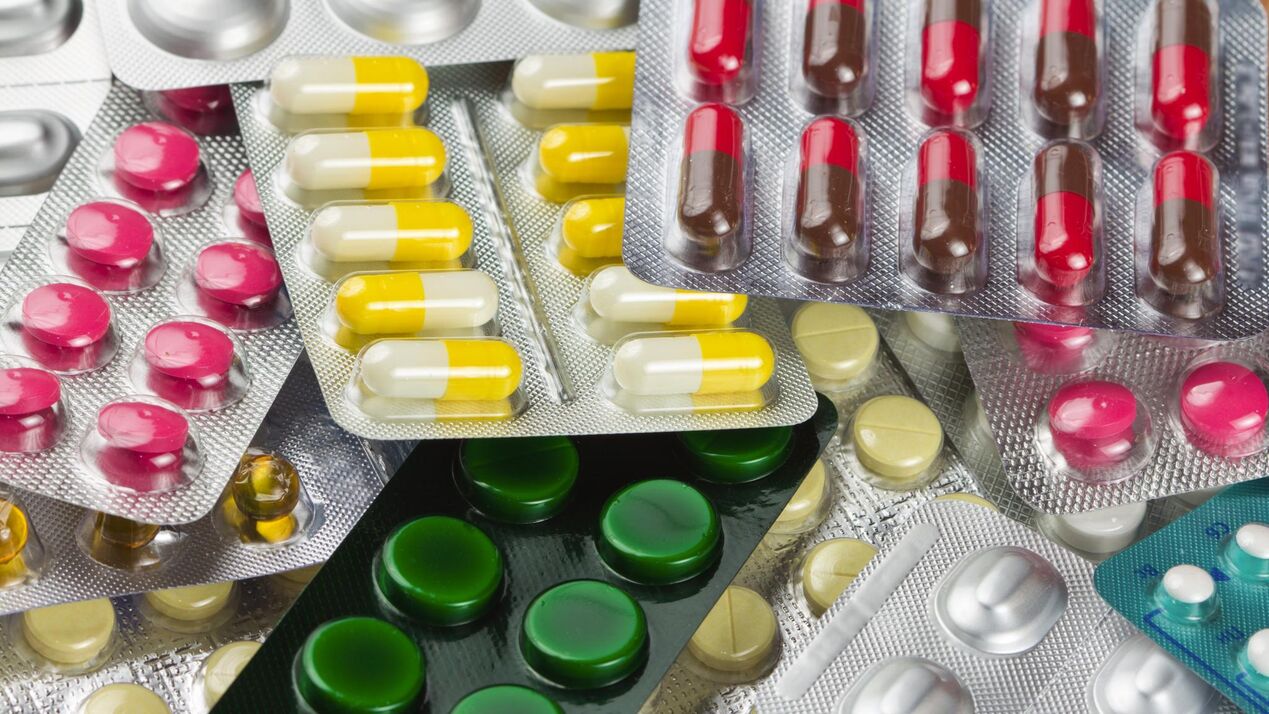
To stop the symptoms of an acute form of cystitis, the patient is prescribed bed rest, a special diet, heating pads, as well as antispasmodic, antibacterial and diuretic drugs.
The minimum course of treatment for acute cystitis is 7 days. An interrupted course of treatment is one of the main reasons for the development of a chronic form of cystitis.
Antibacterial drugs
The appointment of antibacterial drugs is appropriate for cystitis, the causative agent of which is bacteria.
Among the most effective antibacterial agents:
- Phosphonic antibiotic. Produced in the form of granules. It is taken once in the acute form of cystitis;
- Tablets for cystitis and other, acute or chronic infections of the urinary system. Belongs to the group of quinolones. The active substance is pipemidic acid;
- A popular antibiotic based on nitrofuran. Relevant when exposed to bacteria, the sensitivity of which to the drug is proven by sowing;
- Reserve antibiotic. It is prescribed if the use of other drugs has not provided a therapeutic effect. The active substance is from the group of fluoroquinolones;
- Medicine from the group of oxyquinolines. It is active against most bacteria and Candida fungi;
- An antimicrobial agent from the group of nitrofurans that suppresses the activity of bacterial infections. The use of tablets is also appropriate as a prophylactic for urinary tract diseases.
Taking any antibacterial drugs is possible only as directed by a doctor. Despite the high therapeutic efficacy, modern drugs have many contraindications and can cause unwanted side reactions.
Antispasmodics
Means with antispasmodic properties are an indispensable component of restorative and maintenance therapy for cystitis.
The action of antispasmodic drugs is expressed in the elimination of spasm of the smooth muscles of the bladder and the effect of relaxation, relieving pain.
Taking antispasmodics is appropriate both for acute forms of cystitis and for relapses of chronic infections.
Anti-inflammatory pills
To relieve inflammation of the bladder mucosa with cystitis, it is recommended to take non-steroidal anti-inflammatory drugs (NSAIDs). Along with the elimination of inflammatory processes, the drugs of this group provide an analgesic effect, relieving pain and discomfort inherent in the pathology.
Phytopreparations
The use of phytopreparations is an effective way to enhance the impact of drug therapy. Herbal remedies are based on natural plant components with biological activity.
- A product that contains extracts of oregano herb, carrot seeds, hop seedlings, as well as peppermint and Siberian fir leaf oils. Provides antiseptic, antispasmodic and diuretic action. Available in the form of capsules, syrup or drops.
- Tablets based on plant extracts with nephrolitic and antimicrobial properties.
- Paste based on orange and fir oils. It has a diuretic, anti-inflammatory and antispasmodic effect. Prevents the development of urolithiasis.
Reception of phytopreparations is most effective in the initial stage of development of cystitis.
Probiotics
As a result of exposure to infectious microorganisms, and after taking antibiotics, there may be a decrease in the activity of beneficial microflora.
To maintain the natural physiological level of the microflora of the mucous membranes of the intestines and genital organs, it is necessary to use probiotics - food supplements containing live cultures of microorganisms.
Treatment of the chronic form of the disease
To get rid of the chronic form of the disease, it is necessary to diagnose all potential foci of infection and provide complex therapy that suppresses the vital activity of pathogens and its consequences.

The main methods of treatment of chronic cystitis:
- etiological therapy is aimed at eliminating the causative agent of infection and consists in taking antibacterial drugs;
- pathogenetic therapy allows you to restore the functions of the immune system, normalize the hormonal background and eliminate the structural pathologies of the internal organs. The main objectives of therapy are the restoration of the natural outflow of urine and the elimination of all possible foci of infection. Treatment involves taking immunomodulatory and anti-inflammatory drugs, and in some cases, surgical correction;
- disease prevention - a set of measures that prevent the possibility of recurrence of infection.
As additional therapeutic measures, physiotherapy is prescribed - electrophoresis, electrical stimulation of tissues, laser exposure, as well as special exercises that normalize blood circulation in the pelvic organs.
Folk remedies for cystitis in women
The list of folk remedies recommended for the treatment of cystitis includes well-known and affordable herbal remedies: a decoction of dill seeds, millet infusion, teas, infusions and baths from pharmaceutical chamomile, parsley seed infusion, and St. John's wort teas.
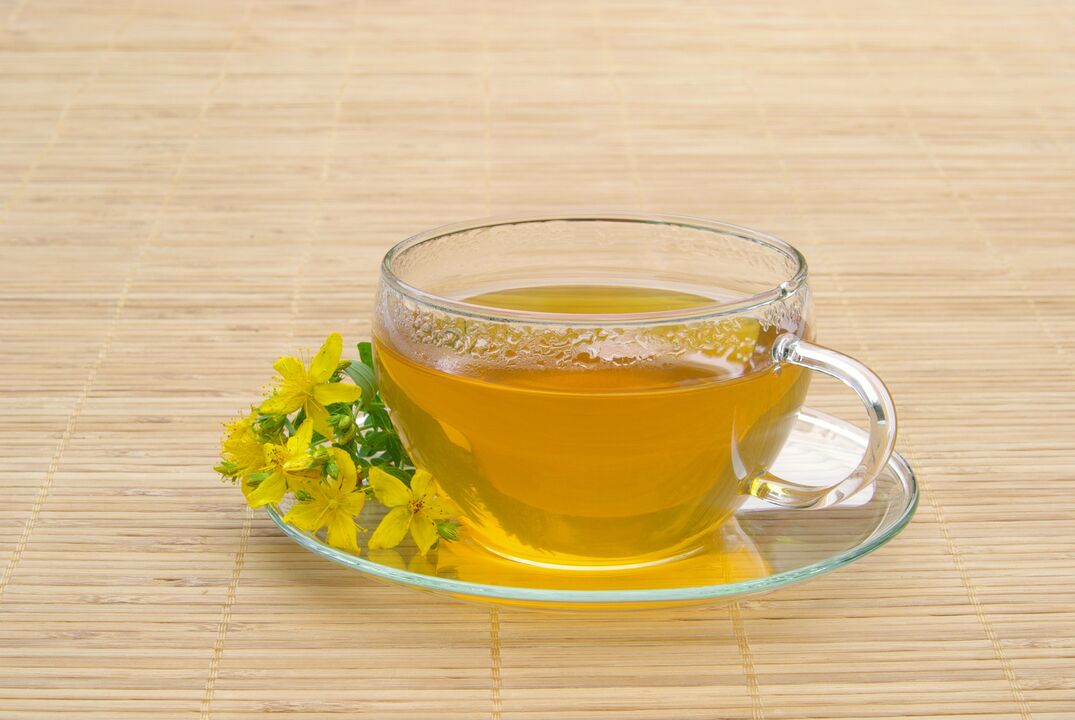
In addition, lingonberry leaves and cranberries are considered an invariable component of the home treatment of cystitis.
Due to the unique composition, the lingonberry leaf provides a complex therapeutic effect on the organs of the genitourinary sphere - antimicrobial, diuretic and anti-inflammatory. Cowberry leaf tea is prepared according to the recipe for making ordinary tea leaves. Take this tea three times a day for half a glass.
The use of cranberry-based drinks provides a powerful healing effect.
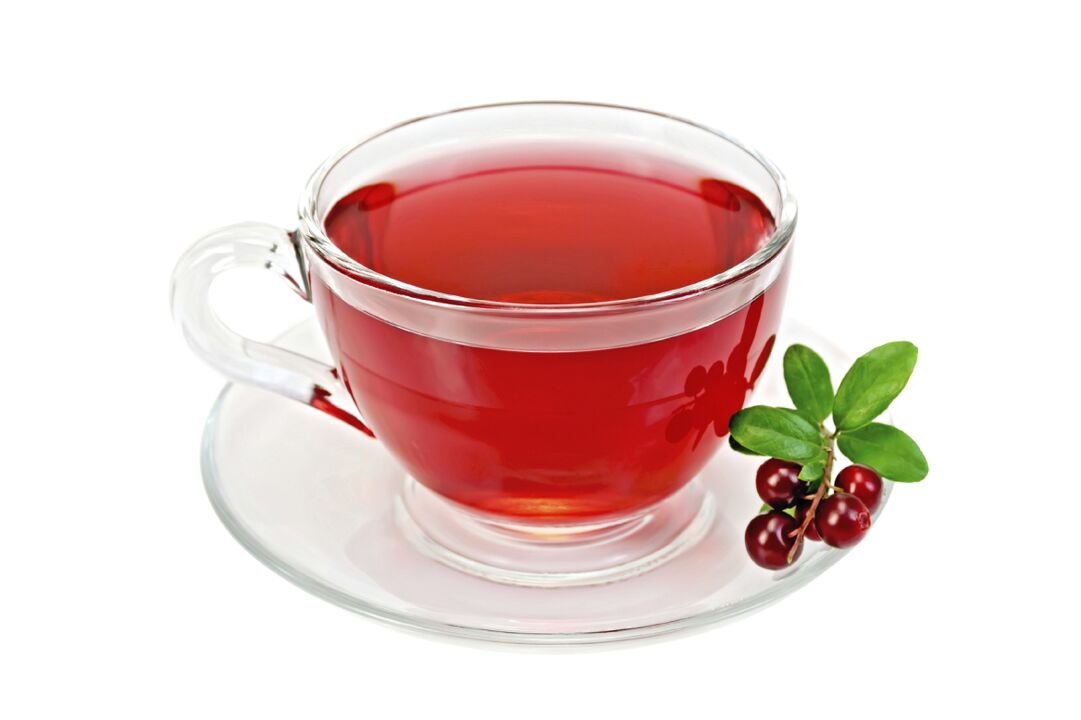
Thanks to cranberry proanthocyanidins, berry tea:
- suppresses vital activity of pathogenic microorganisms;
- prevents the sedimentation of pathogens on the walls of the organs of the urinary system;
- relieves inflammation;
- protects the body from fungi and microbes;
- enhances the elasticity of blood vessels;
- has an immunomodulatory effect.
For the preparation of a healing drink, fresh or frozen cranberries are used. The berries are crushed, poured with boiled water and kept in a steam bath for 10 minutes. Two cups of a drink a day with the addition of honey will improve well-being and health in record time.
Nutrition and microflora
Proper nutrition during the treatment of cystitis is of particular importance. It depends on what types of products will be present in the diet, how quickly it will be possible to remove inflammation and start the restoration of damaged bladder tissues.
In addition, a properly organized diet maintains the functionality of the microflora that lives on the mucous membranes of the internal organs. This ensures the elimination and withdrawal of pathogenic microorganisms, as well as the normalization of recovery processes.
The therapeutic diet is based on specially selected products and drinking regimen.

It is extremely important that nutrition is in line with the following principles:
- all consumed products must have diuretic properties;
- the amount of salt consumed should be reduced to a minimum;
- exclude spicy, fatty, fried, smoked, sweet and dairy dishes from the menu, as well as preservation;
- limit the intake of foods containing protein;
- when cooking, you should limit yourself to minimal heat treatment;
- strong drinks and alcohol are completely excluded;
- the total amount of liquid drunk per day is at least two liters.
During the entire course of treatment, cereals, light vegetable soups, boiled meat and low-fat fish, yogurt, low-fat salted cheese, cabbage, zucchini, cucumbers, parsley, pomegranate, watermelon and pear are recommended for use.
From drinks, preference should be given to herbal teas and fruit drinks from cranberries and lingonberries.
Prevention of cystitis
The predisposition to the disease remains throughout the life of a woman who has had cystitis at least once.
Preventive measures will help prevent recurrence:
- timely treatment of any ailments;
- minimizing stress;
- compliance with the rules of personal hygiene;
- taking a shower is preferable to a bath;
- regular visits to the gynecologist and urologist, testing;
- compliance with the drinking regime.
In the summer, it is important not to miss the opportunity to flush the kidneys and bladder by eating more watermelons.
And most importantly, you should not sacrifice health for beauty and always dress according to the weather, especially in spring and autumn - their warmth is deceptive, and the risk of getting sick is too high.
























